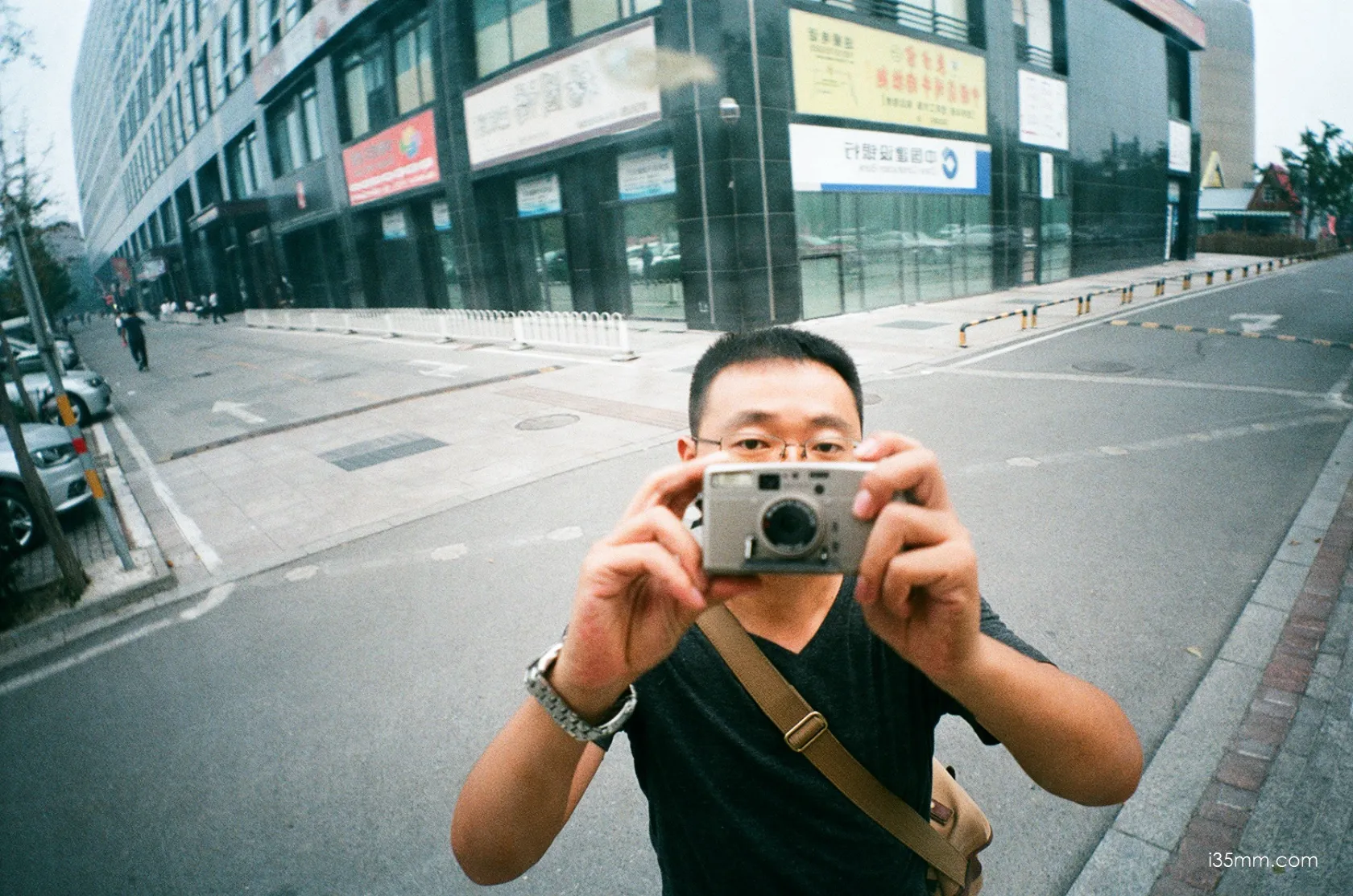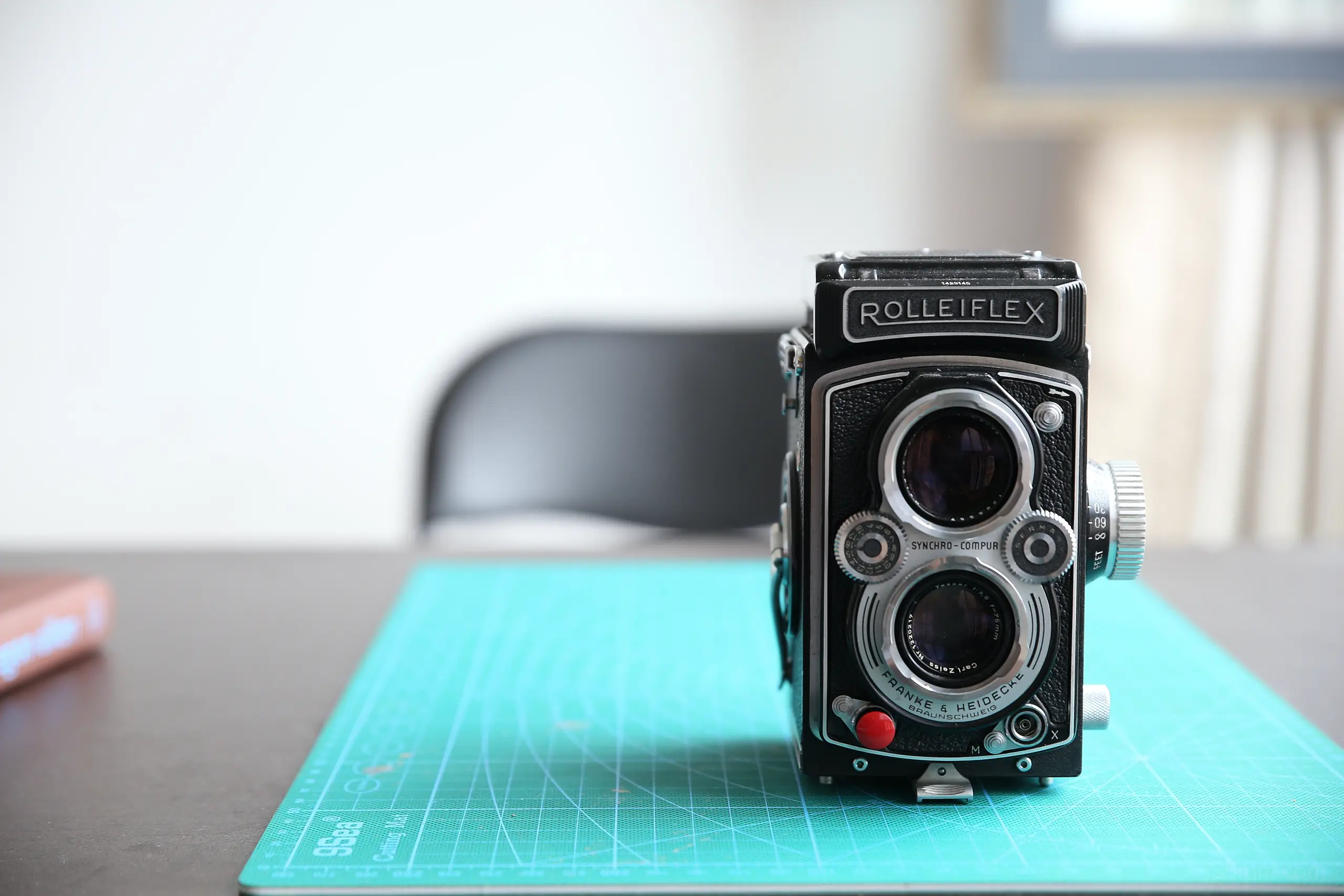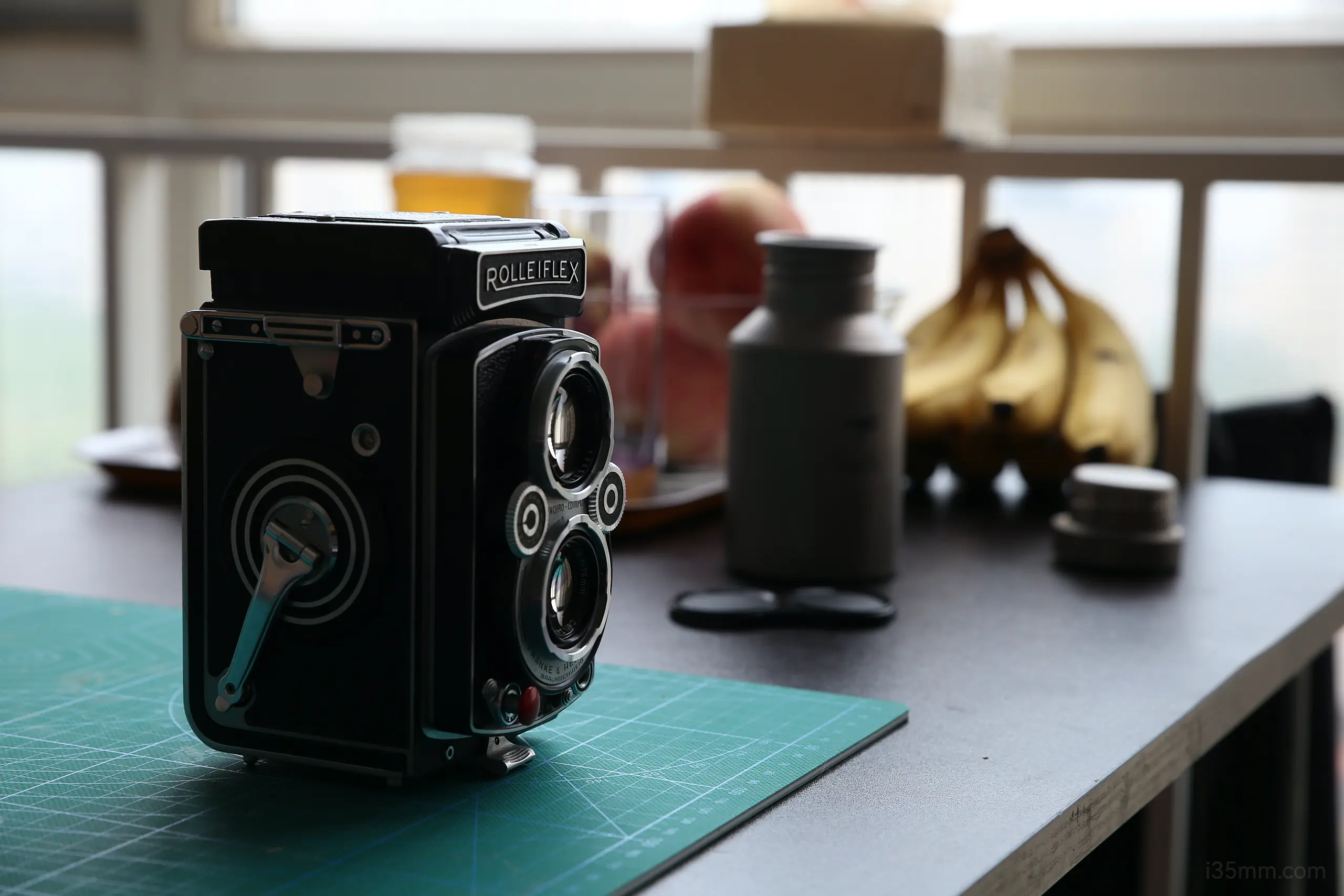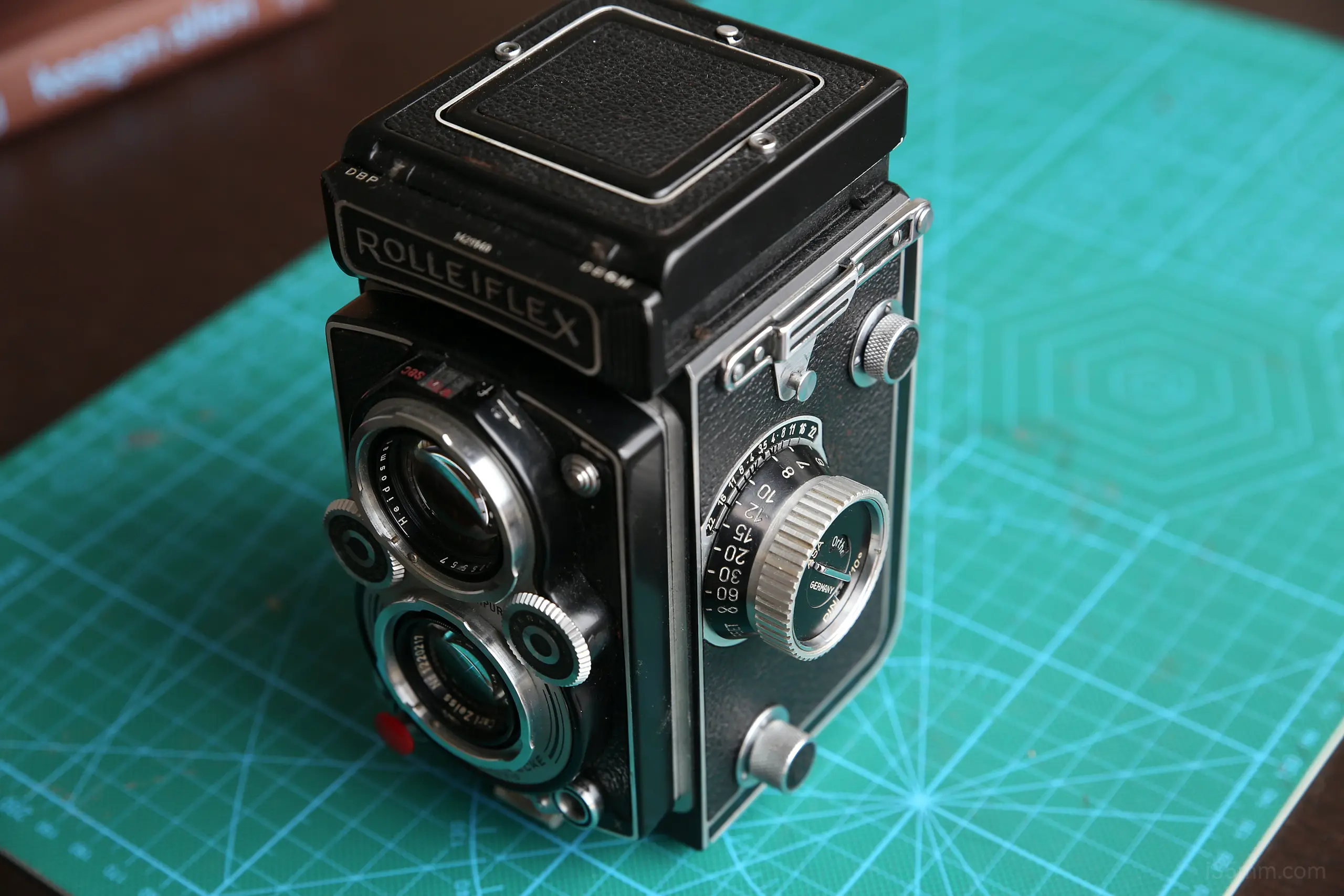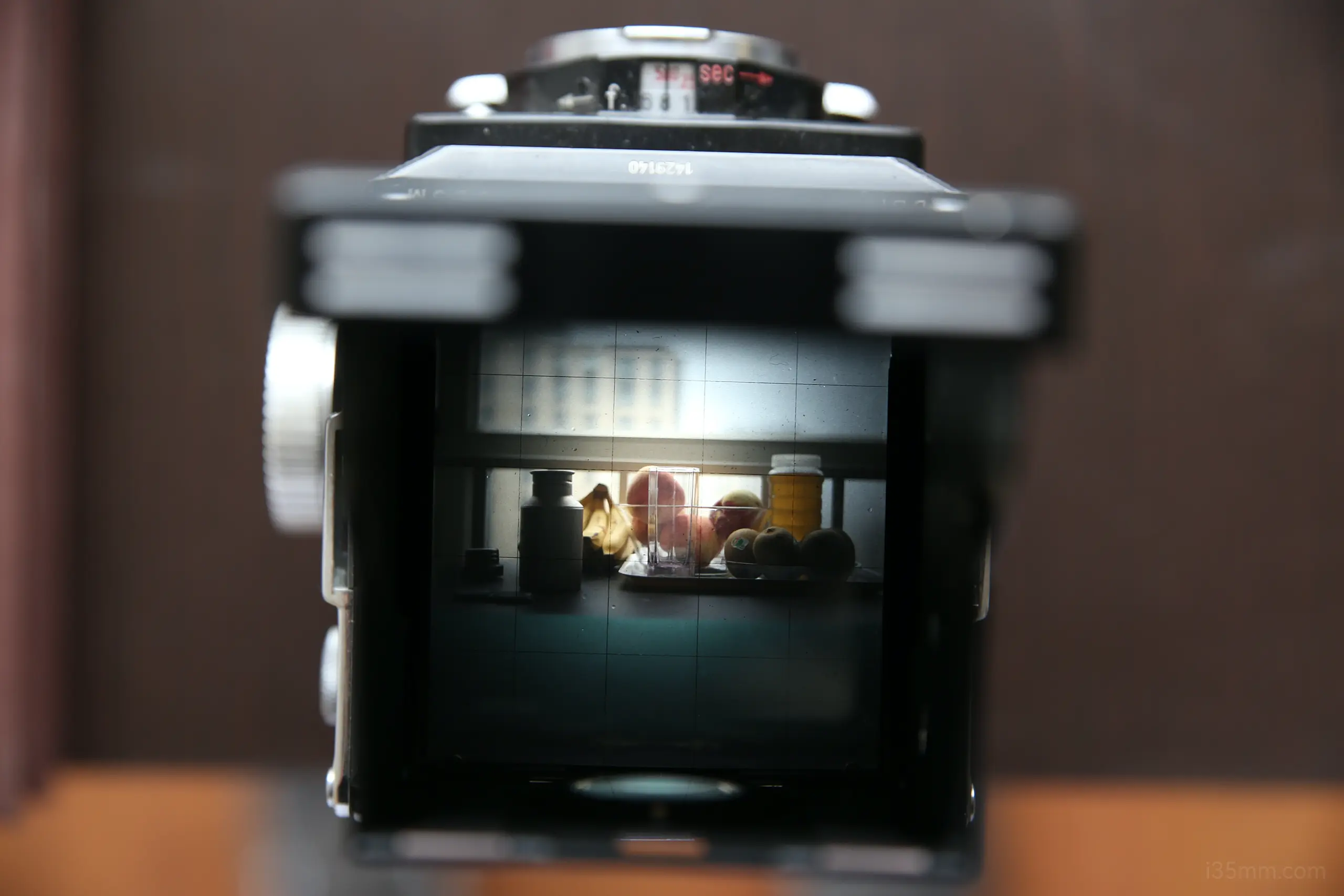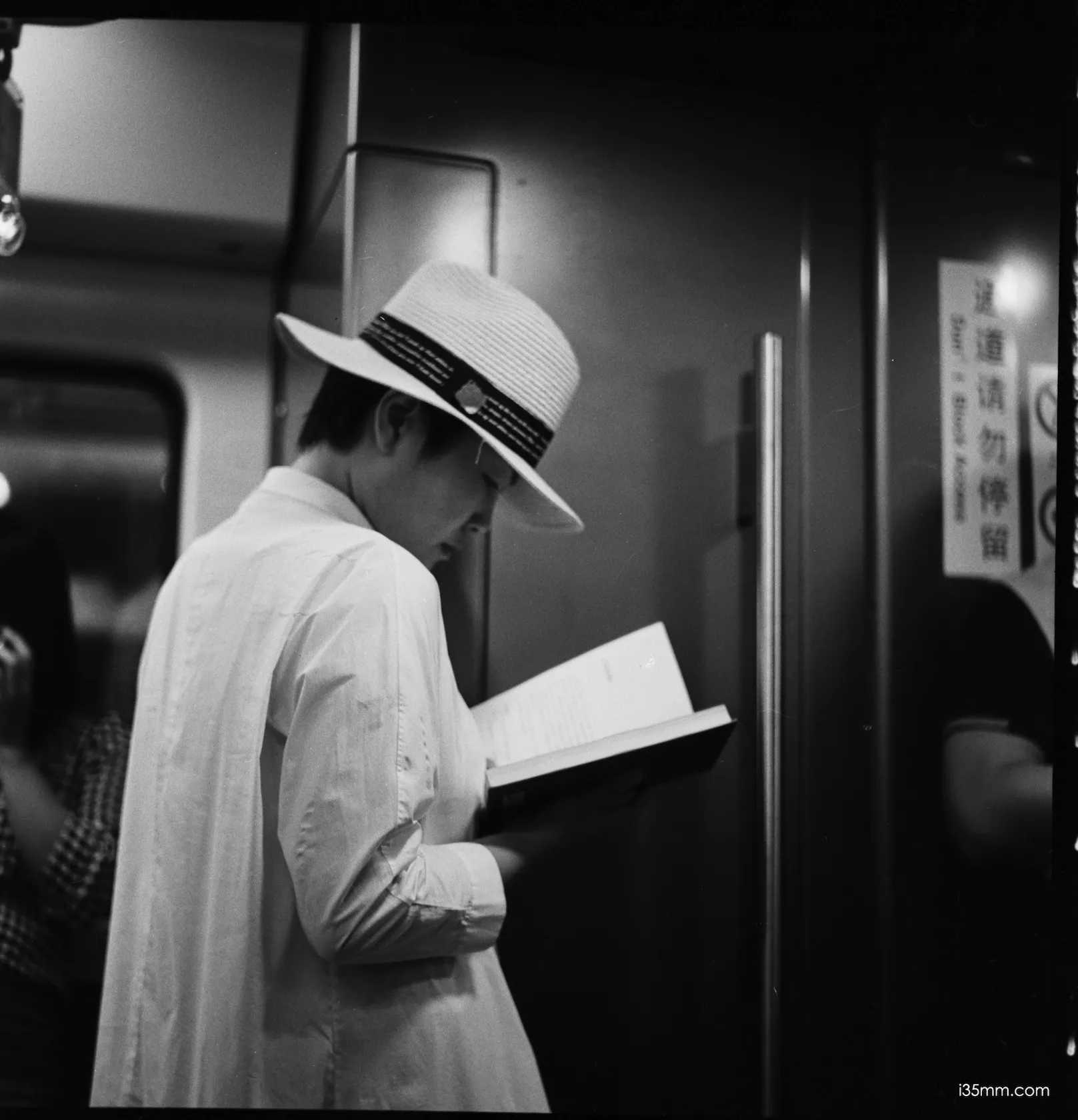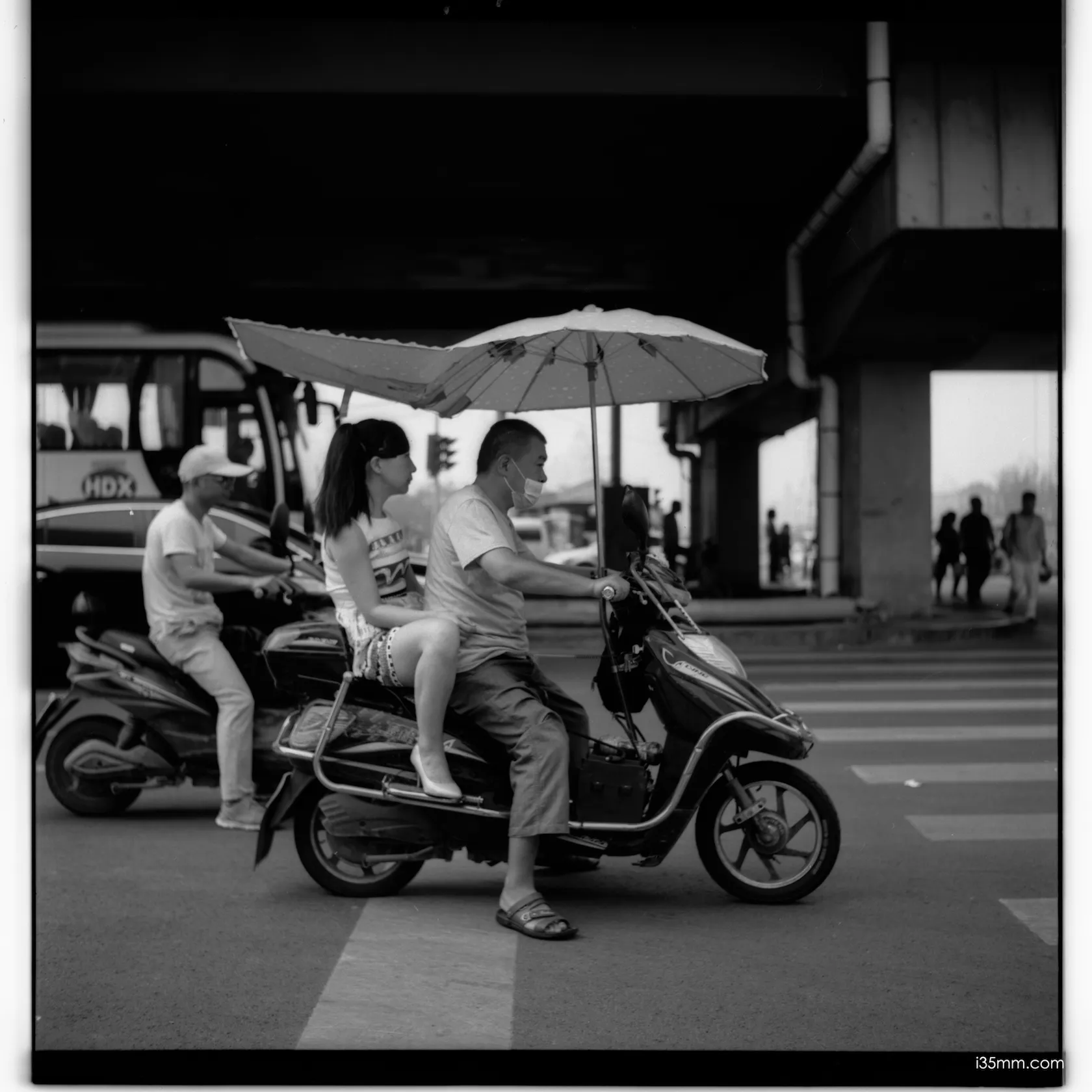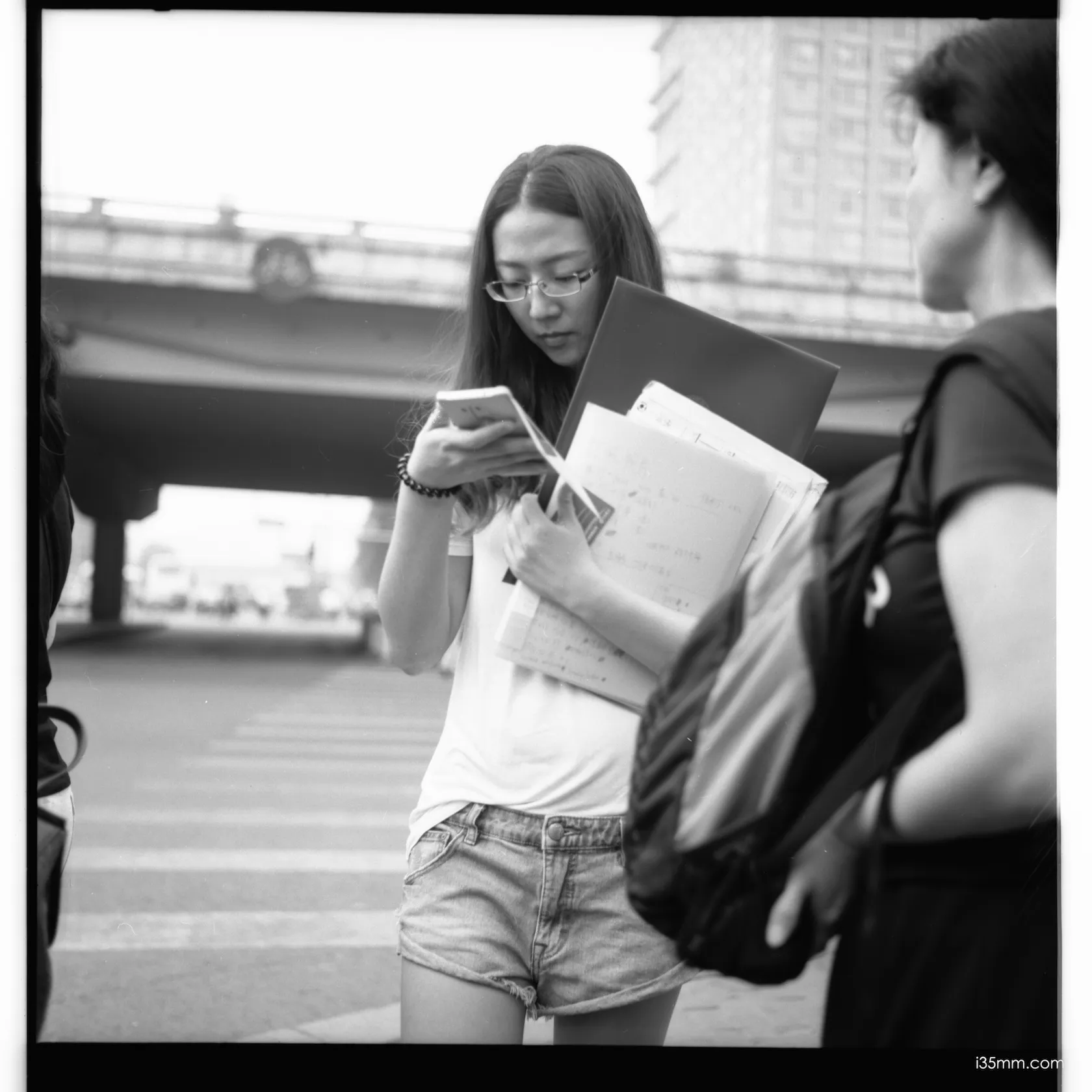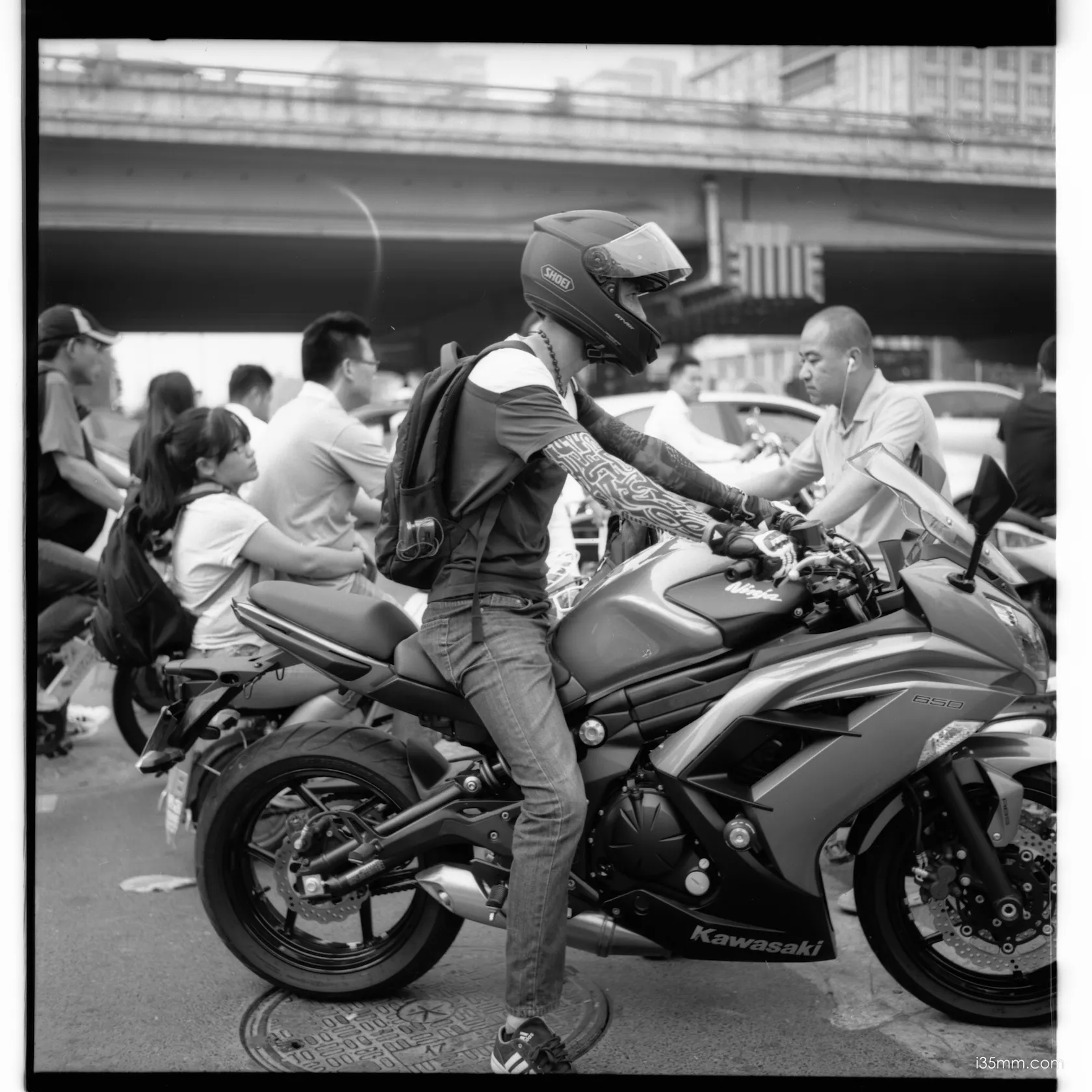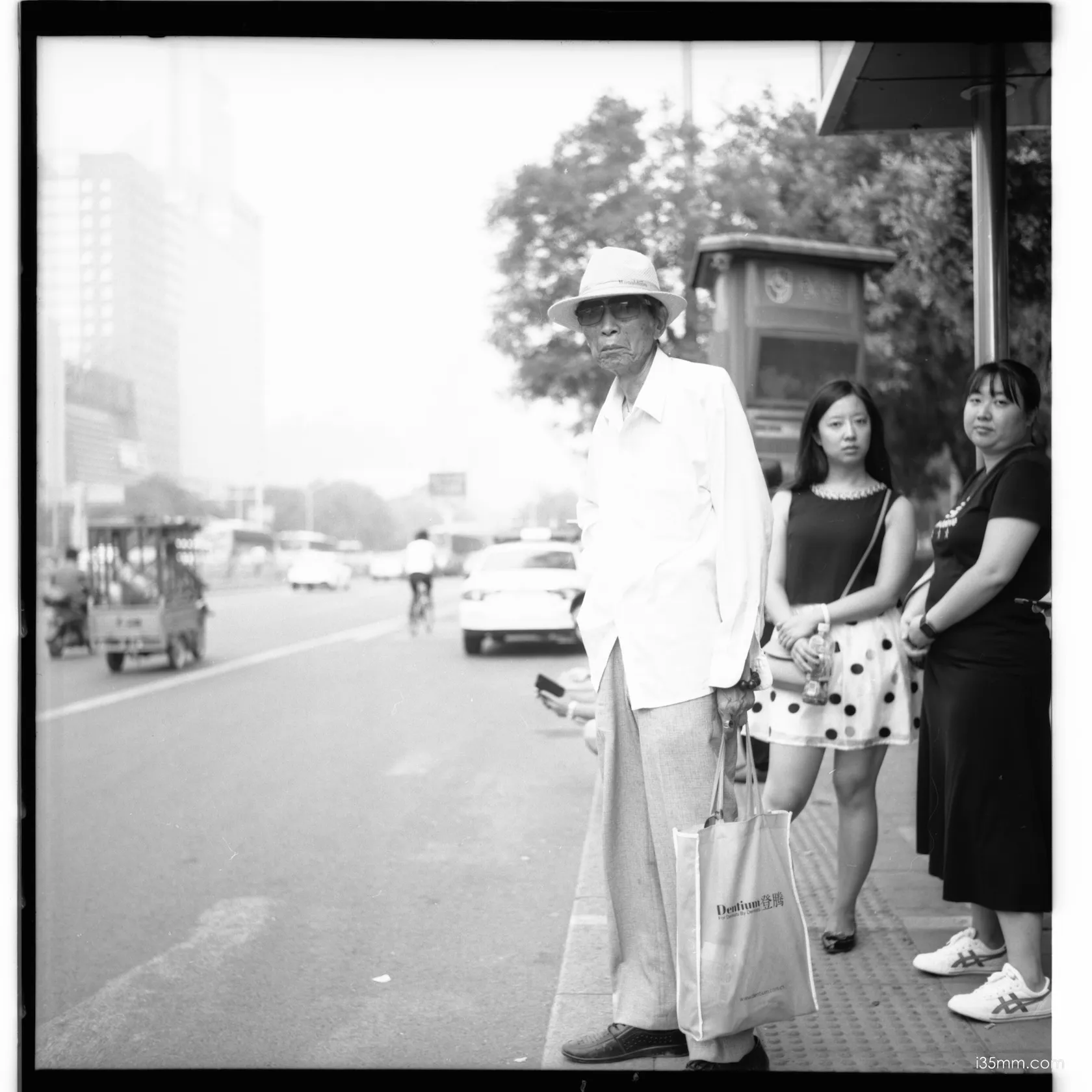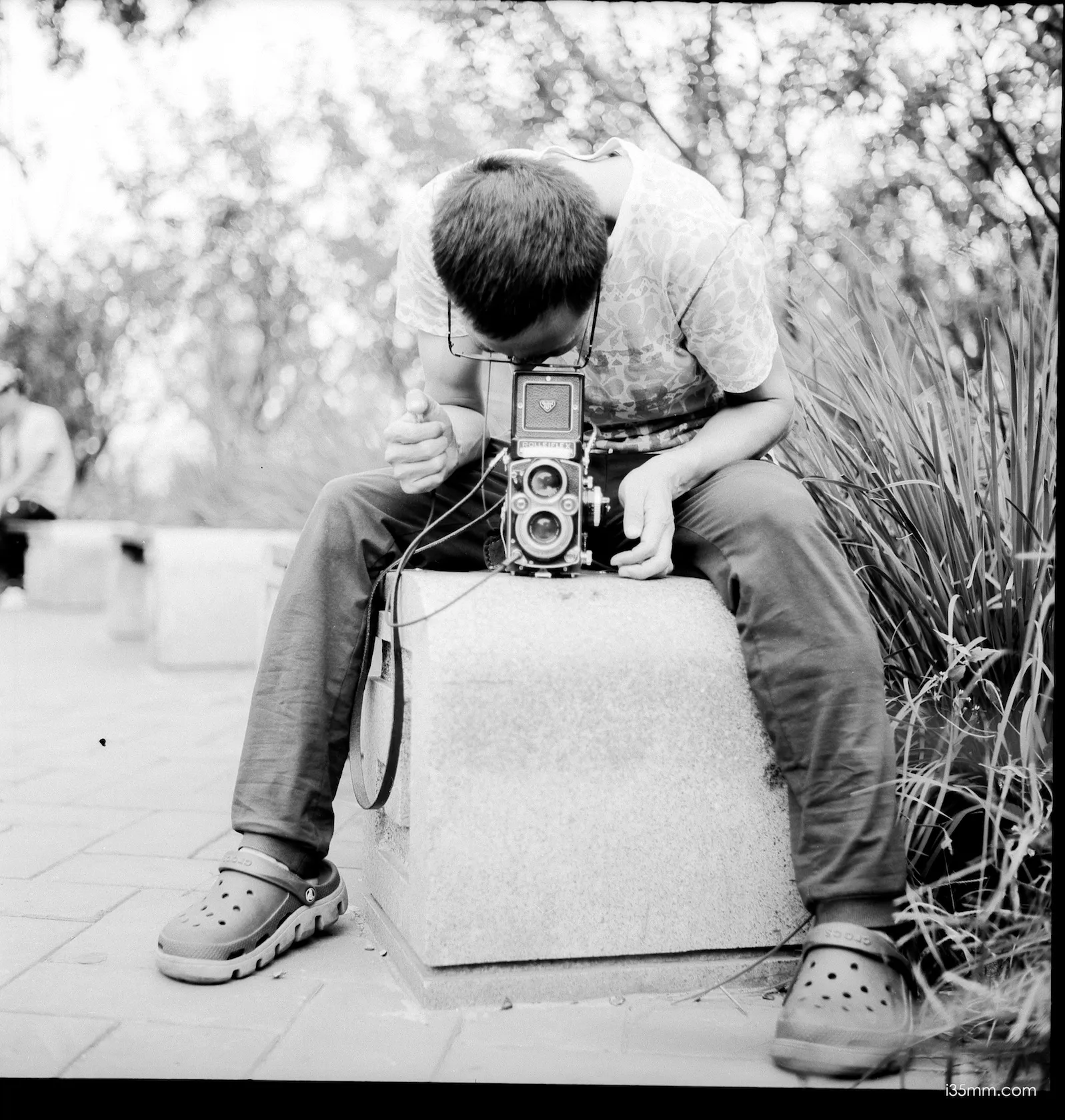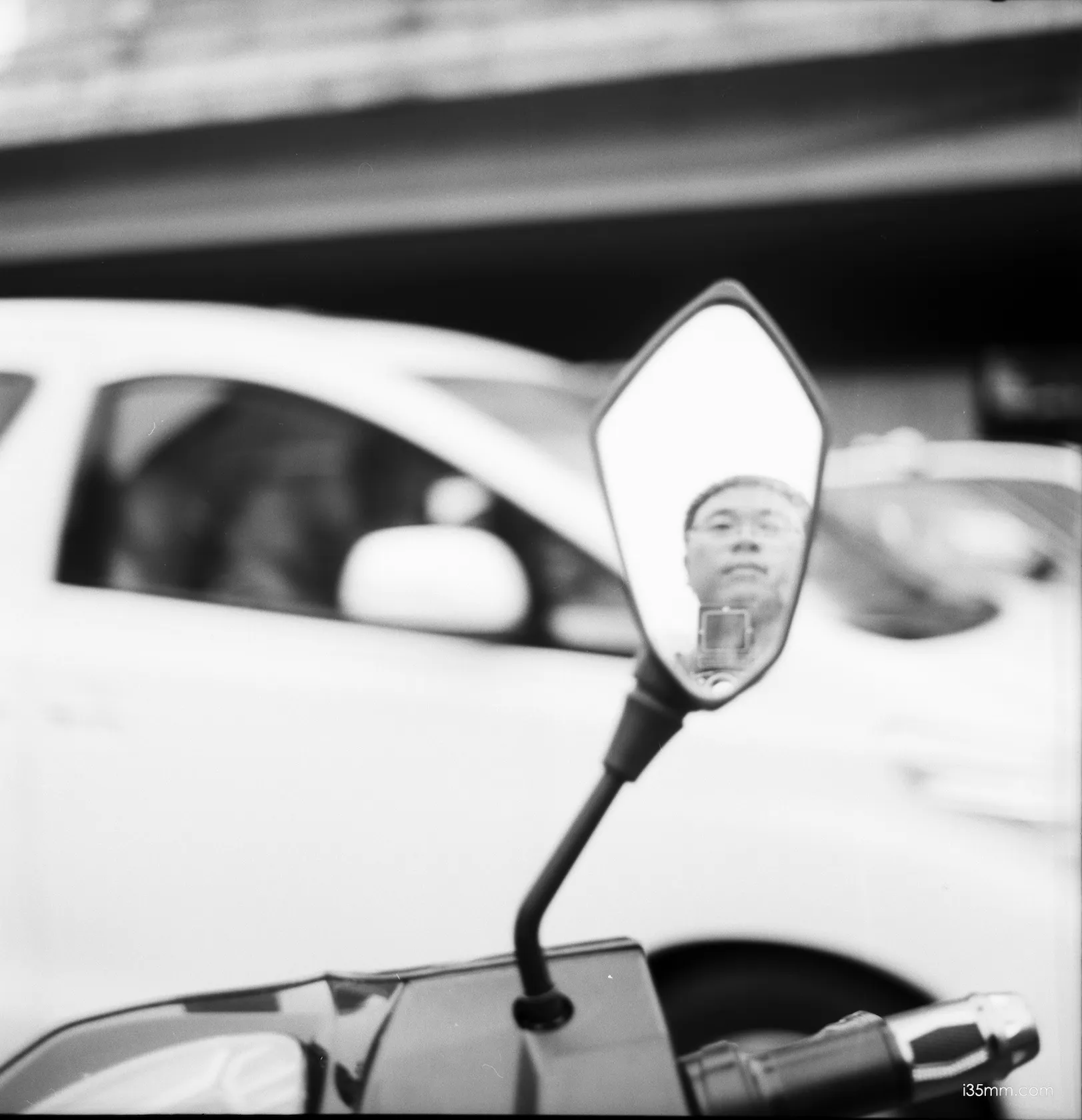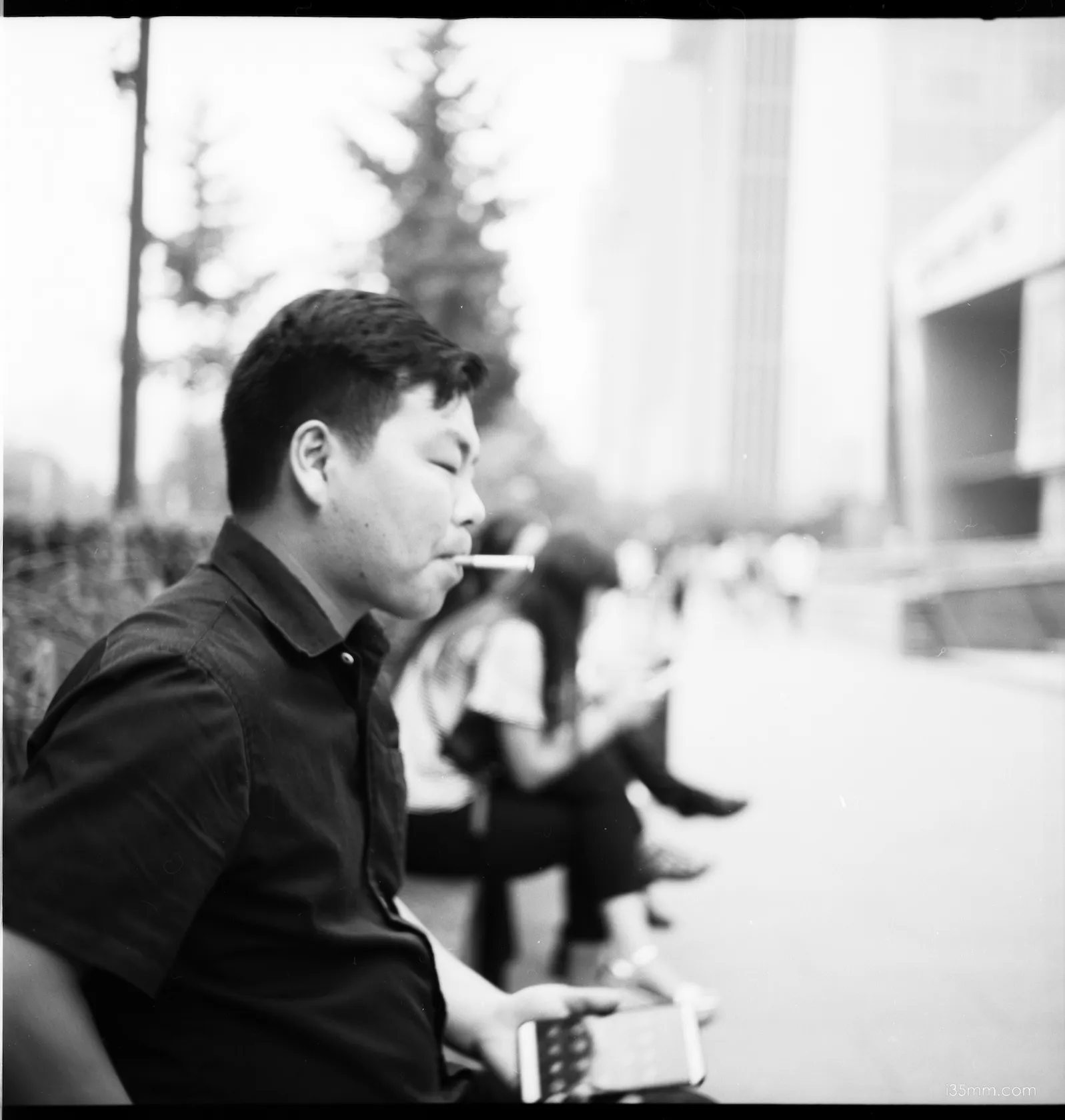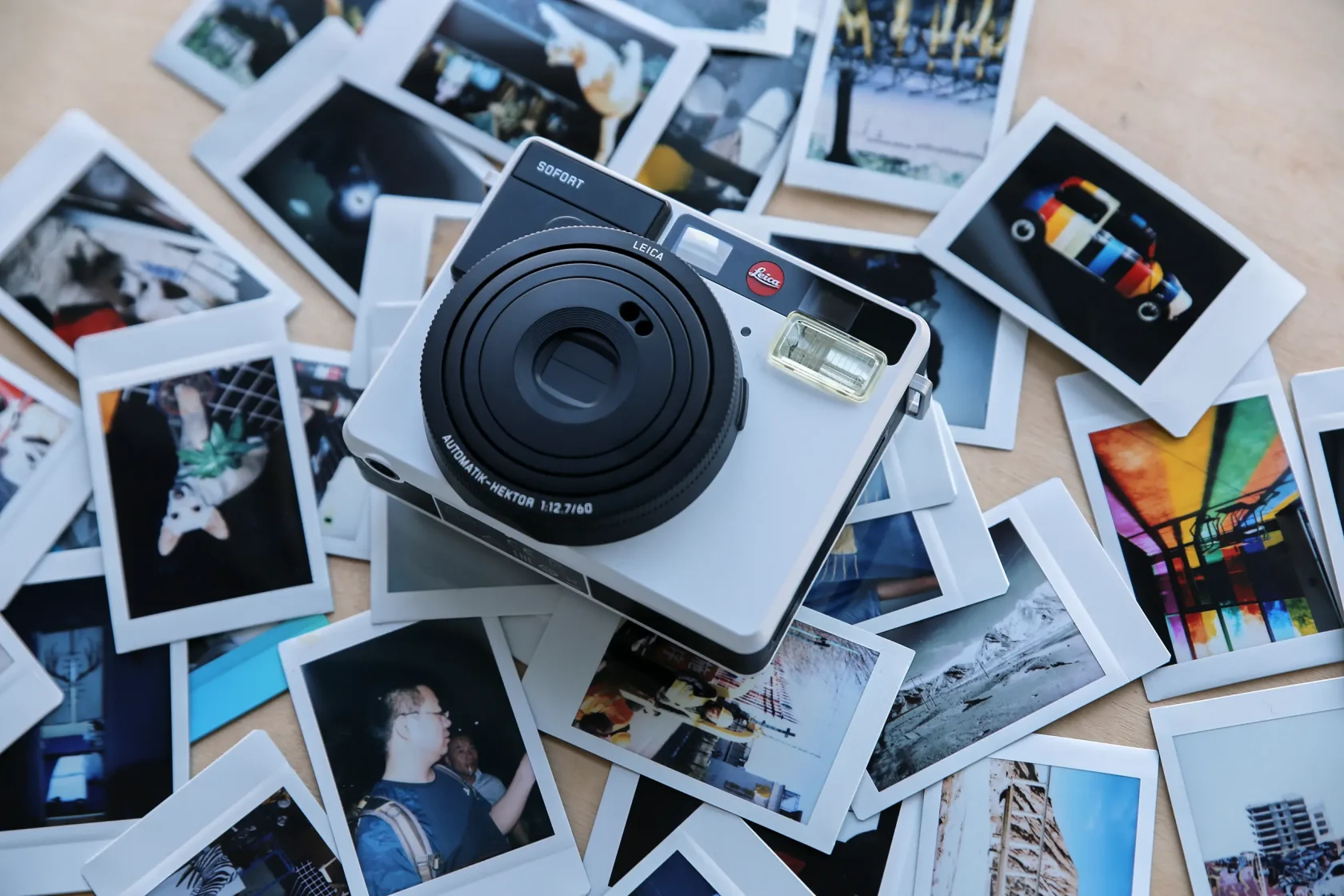
By a Wanderer with Light-Stained Hands
Prologue: The Weight of an Instant
The Leica SOFORT arrives like a postcard from a stranger—unexpected, cryptic, bearing the smudged fingerprints of time. It is not a camera. It is a provocation, wrapped in red leather and German pragmatism. “SOFORT” means “immediately,” but nothing about this machine feels hurried. To hold it is to hold a paradox: a Leica that laughs at permanence, a Fuji wearing a Savile Row suit.
The Anatomy of Ephemera
Body
- Material: Plastic, but the kind that whispers “I could have been Bakelite.” Red, white, or black—colors borrowed from a Tarkovsky film.
- Weight: 307g. Light enough to forget, heavy enough to remind you: Every photo is a farewell.
- Design: Squares and circles in a lover’s quarrel. This is not Fuji’s kawaii flirtation; it’s Bauhaus austerity with a cigarette burn.
Lens
- Focal Adjustment: A ring at the base, two zones: 0.6m-3m (intimacy), 3m-∞ (escape). Manual focus? No. Mindful focus. To turn the ring is to negotiate with distance, like a truck driver shifting gears on the Autobahn at dusk.
- Sharpness: Startling. The lens—Leica-designed, Fuji-born—slices light with Teutonic precision. Polaroid’s soft nostalgia? Nein.
The Viewfinder: A Window to a Parallel World
The SOFORT’s viewfinder is a cathedral. Bright, uncluttered, a rectangle of pure possibility. Fuji’s Instax Mini 90 offers a peephole; Leica offers a portal. To peer through it is to remember: Photography isn’t about capturing reality. It’s about framing your loneliness and calling it art.
Technical Note:
- Parallax Correction: None. Your mistakes are your own.
Film: The Alchemy of Impermanence
| Film Type | Leica’s Soul | Fuji’s Body |
|---|---|---|
| Saturation | High, like blood on snow | Pastel, like faded denim |
| Contrast | Low, forgiving shadows | Harsh, a teenager’s first heartbreak |
| Price | $1.20 per shot (a prayer) | $0.80 per shot (a grocery receipt) |
Leica’s Secret: Their film—rebranded Fuji—develops warmer. Is it chemistry? Or the placebo effect of a red dot?
The Ritual
- Load the film. Feel the cartridge click, a sound like a bullet chambering.
- Choose your distance. 0.6m for lovers, ∞ for runaways.
- Press the shutter. The motor groans, ejecting a blank rectangle—a Schrödinger’s photo. Wait 90 seconds. Pray.
A Warning:
The SOFORT doesn’t do “spontaneous.” It does delayed urgency. Every shot is a Russian roulette of light and regret.
The Ghost of M
Leica claims this is pedagogy—a gateway drug to M cameras. They’re not wrong. The SOFORT’s manual zone focus is a haiku version of the M’s rangefinder. Use it, and you’ll start craving the click-hiss of a film advance lever.
But here’s the truth:
The SOFORT isn’t training wheels. It’s a memento mori for the digital age. Each photo decays. Each fade is a whisper: “You too will vanish.”
Who Buys This?
- Not You, if you photograph birthdays.
- You, if you’ve ever stolen a glance at a stranger on a train and wondered what god they curse.
Epilogue: The Eternal Instant
Wim Wenders once wrote:
“Every film is a letter to someone who no longer exists.”
The SOFORT understands. Its photos are letters addressed to ghosts—written in silver halide, sealed with light.
Technical Specs (for the restless):
- Lens: 60mm f/12.7 (Leica-designed, Fuji-built)
- Focus Zones: 0.6m-3m / 3m-∞
- Exposure Control: Auto, with a grudging nod to manual override
- Price: $349 (or one sleepless night in Berlin)
Shoot it. Burn it. Let it haunt you. 🖤








